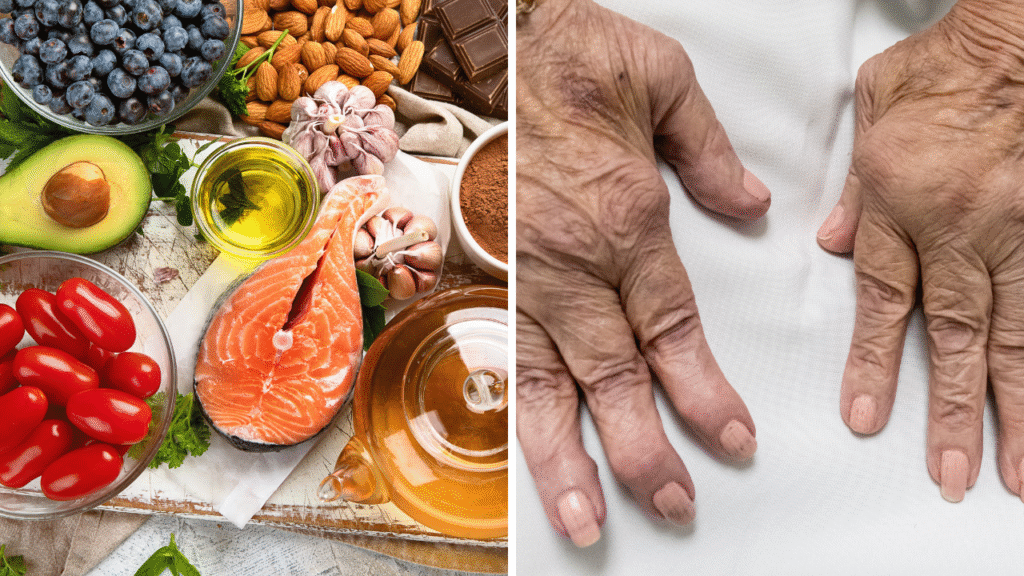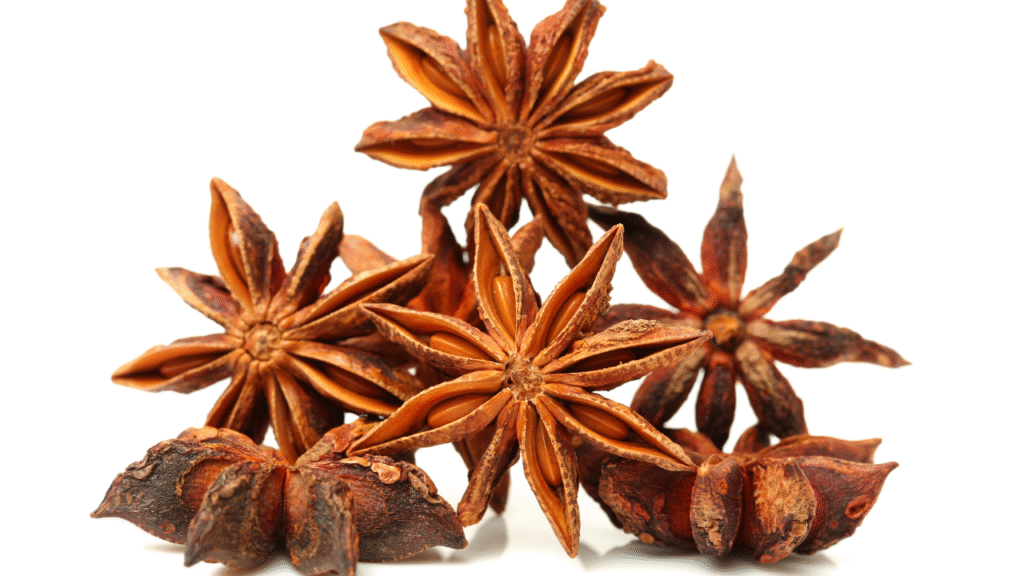
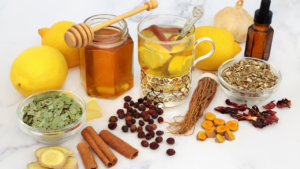
The rows and rows of colored spices and herbs lining your kitchen cabinet are good for bringing life to bland food and powerhouses of antioxidants and disease-fighting compounds. Spices, known famously for their flavoring abilities, have exceptional medicinal properties, such as those that Aid with Colds and Flu. As the winter months approach, everyone around is getting flu and cold. But what if it were possible to ward off these infectious viruses with your spice cabinet? Keep reading to learn how to combat the common cold and boost your immune system simultaneously.
1. Elderberry to Aid for Cold and Flu
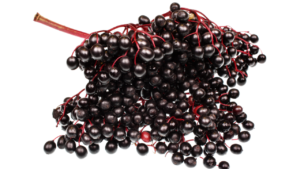

For centuries, elderberry has been used in traditional medicine to treat influenza, colds, and sinusitis. It has antiviral activity against the flu. Studies were carried out on the effectiveness and safety of oral elderberry syrup as a treatment for influenza A and B infections. Individuals who received elderberry syrup 15 ml four times a day for five days had their symptoms relieved on average four days earlier. Thus, its extract appears to offer an effective, safe, and cost-effective therapy for influenza.
More extensive research has not confirmed the conclusions in the report. However, black elderberry helps decrease the flu’s seriousness, duration, and complications. In addition, it plays a vital part in actively preventing the common cold.
2. Elderberry syrup that Aids for Colds and Flu
How to use:
- Cook the berries with water and sugar.
- Drain it.
- Boil the liquid until reduced.
- The syrupy is ready.
- Take one teaspoon or a tablespoon of the syrup as needed.
3. Turmeric
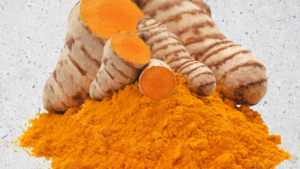

The bright yellow hue of turmeric is mainly used to brighten and flavor curries, but it can seldom ignore its anti-inflammatory properties. In addition, it contains vast quantities of the compound curcumin, a potent antiviral and, if used regularly, can be a preventative for the influenza virus. Turmeric is an excellent antimicrobial agent that helps suppress coughs and clear up respiratory infections left behind by a heavy cold.
How to use Turmeric to Aid with Cold and Flu:
Golden milk is an immune-boosting elixir that has been around for centuries. It is one of the best ways to consume turmeric. Golden milk is a beautiful addition to or swap for your regular caffeinated tea or coffee, providing vital energy, an antioxidant boost, and an exciting flavor. A daily dose truly makes a difference.
(For one cup)
1. Combine 1 cup of the milk of your choice (we prefer almonds).
2. Add one teaspoon of turmeric powder into a saucepan.
3. Heat up to a slight simmer.
4. Pour into a cup and enjoy your golden milk latte! Again, we recommend a sweetener for optimal taste (try ½ teaspoon of honey).
5. The yellowish color of turmeric can stain when used topically
6. Use a paste of baking soda and water to eliminate the color on your hands or teeth
4. Licorice


If you are getting a fond flashback to your childhood candy shop, this may be the wrong licorice you are reading. Licorice root is an age-old and much-trusted herbal substance for dry and productive coughs and chest congestion. It is a strong expectorant that helps relieve even the mightiest coughs and soothe irritated throats by aiding the disturbed mucus membrane during a cold. In addition, it treats cough and viral and bacterial infections.
How to use:
Licorice root has extensive uses, but the most effective way to reap its benefits is to turn it into simple cough syrup. Therefore, cough syrup is this aesthetic herb’s most common and valuable use.
(For one cup of syrup)
1. Add 3 cups of water into a pot (preferably a glass pot).
2. Add 5 to 6 pieces of licorice root to it (fresh or dried).
3. Simmer it until it reduces to approximately one cup.
4. Add three tablespoons of honey when cool and store it in a bottle.
Excellent for use whenever your throat feels sore, or you can’t sleep due to excessive coughing.
6. Cinnamon to Aid with Cold and Flu
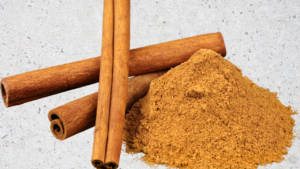

Apple pies and scented candles? These are two things that define aesthetics!
Cinnamon is undoubtedly a delectable spice, but its health benefits outweigh its aesthetic side. Cinnamon contains a compound called cinnamaldehyde, which helps warm the body from within, preparing it better for facing the bitter cold months.
Cinnamon also has remarkable properties that help prevent mucus in the respiratory tract within a few days of usage. It also has antiseptic properties for the body.
How to use:
A warm glass of cinnamon honey water extends your immunity tenfold without taking anti-flu medication or supplements. Drink it whenever you feel under the weather or your throat needs care and attention.
(For two cups)
1. Boil two cups of water.
2. Add two cinnamon sticks and turn off the heat.
3. Let it cool down slightly before pouring yourself a cup, and we recommend stirring in some honey before downing it for optimal benefits.
7. Ginger

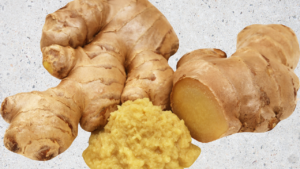
Rather than rooting problems, ginger is the root for all solutions and the answer to all your flu-related issues. It is a diaphoretic, a substance that induces sweating, helping break fevers, and even painkillers don’t do the job. Another attractive characteristic is how ginger quickly and effectively reduces inflammation and soothes sore and itchy throats. Painkilling properties also add to the plethora of traits this specific herb contains.
How to use:
Ginger is a mild yet effective analgesic, so it is highly recommended that you use it as a gargle for your post-flu throat itches. However, an intense chicken broth with a dash of grated ginger and a teaspoon of garlic may also be a delightful flu remedy.
For the gargle:
1. Pour half a cup of warm water into a glass.
2. Add one tablespoon of ginger powder. (use freshly grated ginger if the powder is not available).
3. Use this mixture as a gargle as often as needed to ease an itchy or sore throat.
8. Mint


You may already expect this particular herb to be on this list due to its exceptional and extensive abilities. Mint is widely known and a tried-and-tested remedy for instant relief for stuffy noses and constant coughs, mainly to make decongestant balms and oils. The pain relief properties of mint are also spectacular, as the menthol compound in mint leaves helps immediately soothe and relax both the mind and muscles of the body, and the aromaticity helps clear phlegm and mucus from the nose and chest.
How to use:
(For one cup of mint tea)
1. Add 1 ½ cups of water to a saucepan and boil.
2. Add a handful of mint leaves to boiling water and adjust the amount according to the required concentration.
3. Put one teaspoon of turmeric powder into a saucepan to let the tea brew.
4. Pour out the tea and drink immediately for maximum relief
9. Thyme
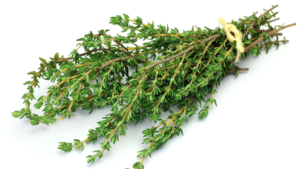

An often-overlooked herb, thyme is strongly associated with Italians and their pizza. But this small-leafed herb is packed with nutrients and has vitamin C within its stems, and it is highly ranked among immunity boosters. Thyme, like mint, contains aromatic oils, which help decongest after a bout of flu or bronchitis. In addition, it aids in the expectorating process if you have a productive cough.
How to use Thyme to Aid with Cold and Flu:
(For one mug of thyme tea)
1. Add two teaspoons of dried or fresh thyme leaves to a cup.
2. Add in freshly boiled water and cover with a lid.
3. After five minutes, uncover, squeeze in a few drops of lemon juice, and drink away to your health!
10. Lemongrass


Lemongrass is an herb that barely needs any introduction for the people of East and West India, and now, the world has started to recognize just how vital this excellent root can be! Along with its anti-inflammatory ability, lemongrass can help relieve stress, anxiety, and pain. It is also an antioxidant, which is a plus point on its own. Lemongrass is proven to protect from infections as well, and the research done on it might not be that extensive yet, but it goes on to demonstrate its usefulness.
How to use Lemongrass to Aid with Cold and Flu:
Lemongrass is taken chiefly in the form of tea. Lemongrass can be a fantastic addition to your diet, beneficial for your health and taste buds. After buying it, follow these steps-
1. Boil a cup of water.
2. Immerse the stalks in it for a little while.
3. Now, strain out the water from the stalks.
4. Pour that water into your tea. You can also add ice to it.
11. Black pepper
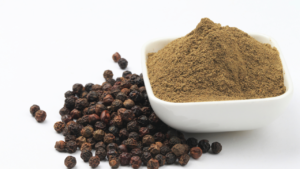

Black pepper is probably one of your kitchen cabinet’s most commonly used spices. It also contains insurmountable amounts of vitamin C, making it a natural immunity supplement used in everyday cooking. Surprisingly, black pepper also works as an organic antibiotic, making it an indispensable front-line spice for cold and flu season. Its immense antiviral properties work wonders on coughs that won’t go away.
How to use Black Pepper to Aid with Cold and Flu:
(For natural cough medicine)
1. Heat 3-4 tablespoons of honey in a small saucepan over a low flame.
2. Turn off the flame when bubbles form along the sides.
3. Add 2-3 pinches of black pepper and salt to the honey.
4. Store the honey in a jar and eat it anytime you face stubborn flu.
12. Cardamom

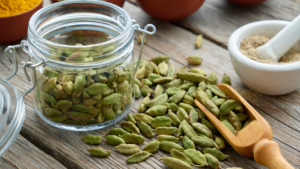
The tiny green pods you’ve probably seen in masala chai recipes are the most significant source of antioxidants nature has to offer. Cardamoms are known as anti-mucus pods due to their oils, which help decongest and fight off flu and colds while also acting as strong antiseptics to eliminate germs multiplying in your throat, which are inevitable in winter.
How to use cardamom to Aid with Cold and Flu:
While a strong cup of masala chai will do a lot of good to your body in cold months, you can get the most out of cardamom pods by chewing them whole.
1. Bite into a pod and chew the seeds inside it.
2. When you swallow them, they will instantly soothe your throat and combat your cold quicker.
3. However, you can always mix it with something else or grind it and add it to your tea. Suit yourself because you should take it your way rather than not at all!
13. Nigella seeds
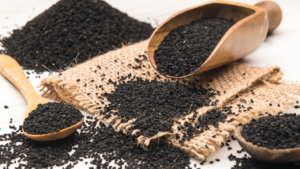

Looking at the small and unimpressive black seeds, you may not hold them up too much. But once you delve into the chemical properties of these seeds, you might think differently. The nigella seeds are powerhouses of nutrients and compounds that are frontline fighters against colds and flu and are effective in almost every sphere of medical issues. In addition, they hold remedies for numerous disorders and diseases. These seeds are supplements that can have their ground in terms of vitamins and minerals, and rather than cures, they act more as vital preventatives.
How to use Nigella Seeds to Aid with Cold and Flu:
1. The most effective way to incorporate nigella seeds for cold and flu is by drinking a tablespoon of its cold-pressed oil every day in the morning
2. Its phytochemicals will also help with allergies, infections, and sinuses.

